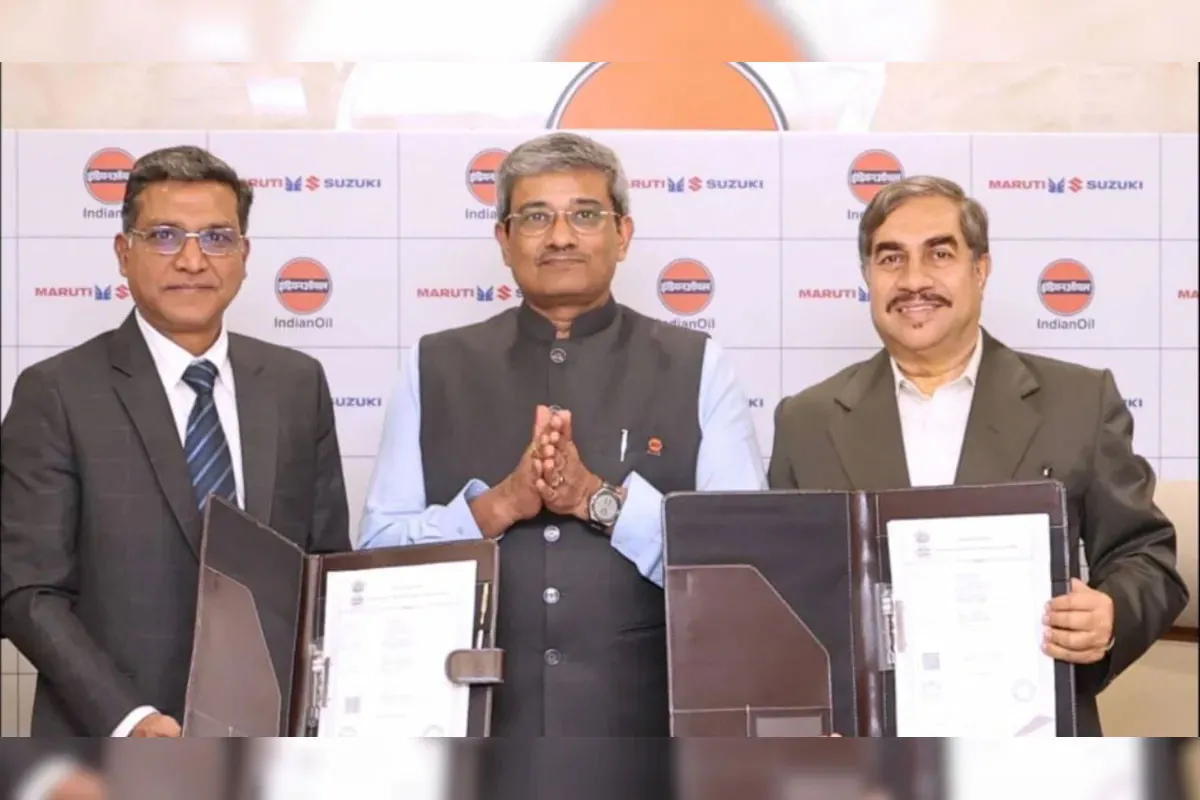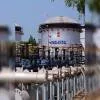Dr Prabal Bandyopadhyay, Vice-President (Health & Safety), Lafarge India, on safety training in the company.
Excellence is an art won by training and habituation. We do not act rightly because we have virtue or excellence, but we rather have those because we have acted rightly. We are what we repeatedly do. Excellence, then, is not an act but a habit.
- Aristotle
This encapsulates the spirit behind the safety trainings organised at Lafarge. We want to achieve excellence in safety and be the safest industrial group in the world not by an isolated act, but through sustainable excellence. The idea is to encourage our employees, stakeholders, families and all those around us to think of and adhere to a safe way of living, naturally.
At Lafarge, safety is our core value. We believe employee welfare and safety have a very close connect. We feel respected and safe when some of our most basic emotional needs are met and fulfilled. When our own needs are met it is much easier for us to think about others and their needs. Also, for us safety means not only incident a accident-free living but well being as well, both physical and mental. Hence the slogan: "I care for our health and safety." Globally, Lafarge has always championed the cause of safety at the workplace and at home, and initiatives are undertaken continually to inculcate safety behaviour in everyone within our environment. The key here is repeated exposure to safety practices and safety norms through training, positive reinforcements of demonstrated safe behaviour, counselling for unsafe behaviour and monitoring to identify lack areas.
For the past three years, the company has also been celebrating the month of June as 'Health & Safety Month' to raise awareness among employees, subcontractors and local communities about the importance of safety to all concerned. It symbolises the spirit of safety within the company. The focus is on sharing experiences and boosting ongoing efforts, highlighting safety achievements, renewing commitments to employees and society, and directing people towards a safe living. Events involving employees, their families, customers, contractors and suppliers are undertaken throughout the month to encourage higher level of collective commitment and better understanding of health and safety standards and advisories.
Safety training is a very important tool to facilitate percolation of safety objectives and desired behaviour across hierarchies and levels. Such trainings are held throughout the year for Lafarge employees, contractual employees, new joinees, transporters and members of communities residing in and around our plants. A wide range of topics related to everyday operations is addressed through these sessions. While the Lafarge safety team conducts some of them, the company also involves specialists when required.
Providing further impetus to our efforts to build a safe work environment, the first-of-its-kind 'Safety Induction Centre' has come up at our Mejia plant in West Bengal. All new joinees are inducted into the safety culture of the company at this centre, before being assigned job responsibilities. The centre has been divided into seven compartments, each disseminating knowledge and knowhow on a particular subject, integral to the core safety thought. The following are some of the compartments at the centre:
● Training hall
● Safety communication and advisories
● PPEs and tools and tackles
● Home safety
● Electrical and fire safety
● Working models of various equipment and plant areas
The following are some of the specialised trainings organised by the company throughout the year:
Working at height
This is always a very risky activity. Fall from height has taken numerous lives in the industry. Hence, it is a necessity that a suitable training programme addresses the risks associated with the job and proposes mitigating measures. Faulty design or improper construction of scaffoldings can also lead to serious accidents. Hence, Lafarge organises periodical training for its employees and contractors on how to build safe scaffolding and precautions required while executing a working-at-height job. Rescue is a very important part of working-at-height training. Hence, mock drills are conducted to teach how to conduct a rescue operation when an employee is hanging with the help of a safety harness.
Mobile equipment
The use of big vehicles like trucks, tippers, dozers and pay loaders is very common in the industry to transport huge materials. But such mobile equipment if not controlled properly can be hazardous. Accidents happen mostly with mobile equipment because of high speeding, overloading, not having proper separation of pedestrians and vehicles and, of course, unsafe behaviour on the part of drivers. Therefore it's essential to have proper separation of man-machine movement, speed limit, limiting load to axle loading, tracking mechanism like GPS in the vehicle (to monitor speed) and periodical training of drivers and tracking their behaviour.
LOTOTO
This refers to the procedure of 'lock out, tag out and try out'. Performing tasks on energised equipment is always susceptible to accidents. Any mishandling of tasks on such sources can lead to serious and fatal injuries. Hence these high-risk activities require utmost attention in terms of standardised safety practices. LOTOTO training aims to build alignment across all product lines, all plants and all workers including contractor workers regarding LOTOTO terminology and principles. It also helps mobilise all plants to reassess and recommit their efforts to eliminate incidents related to the control of hazardous energy. LOTOTO is the primary and preferred method to control hazardous energy and achieve zero energy state before performing tasks on machinery or equipment. Once the machinery or equipment has been correctly disconnected or isolated from its energy source (like electrical, pneumatic, hydraulic), energy sources must be locked out, tagged out and tried out. We follow a 'one-lock-one-energy' principle. All employees are given individual locks because we expect them to isolate energy by putting their individual lock before doing any job/inspection in the energy-driven machines.
In conclusion
At Lafarge, safety training is an ongoing process and in any given month we have more than 1,500 man-hours dedicated to it. This is to ensure that, through repetition, we are able to inculcate within everyone associated with us, thought and ownership towards safety. We believe that an unsafe act may not be always because of unsafe behaviour; it may be because of ignorance. So training helps eradicate the darkness of ignorance.



















